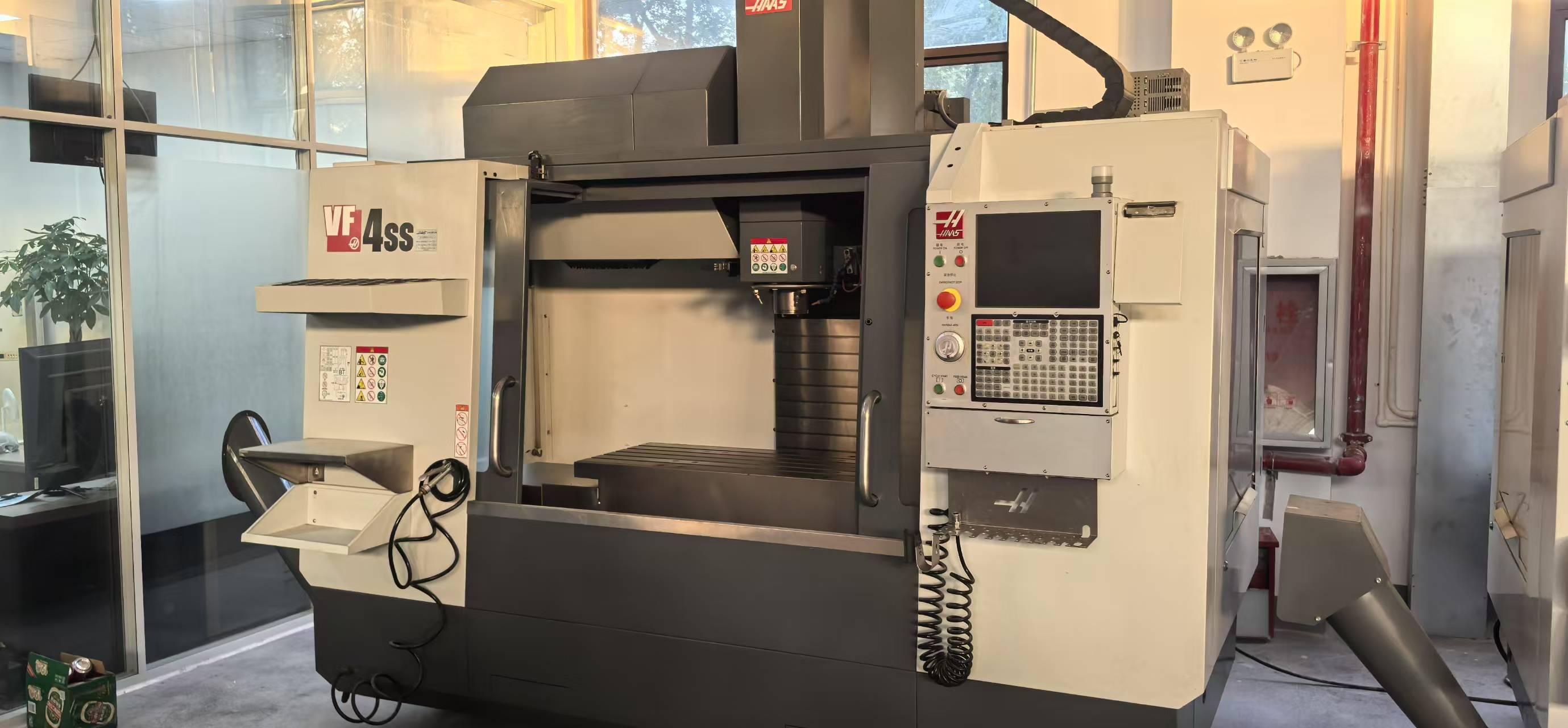What are the factors that affect the price of second-hand machining centers?
There are several factors that affect the price of second-hand machining centers, including:
1. Brand and Model
Brand influence: Processing centers of well-known brands usually have higher prices. For example, brands such as DMG MORI from Germany and Mazak from Japan enjoy a high reputation in the global machine tool industry. These brands, with their advanced technology, high-precision manufacturing processes, and reliable quality, offer relatively high prices even for second-hand equipment. Because their brand value is reflected in the performance, stability, and service life of the equipment, users have high recognition of these brands, and the market demand is also large.
Model differences: Different models of machining centers have differences in functionality, accuracy, processing range, and other aspects, which affect the price. For example, machining centers with five axis linkage function are more expensive than three-axis machining centers. Five axis machining centers are capable of processing more complex parts, with higher requirements for equipment's mechanical structure, CNC system, and technical content. Therefore, their second-hand prices will correspondingly increase. Similarly, large machining centers (such as gantry machining centers) are generally more expensive than small vertical machining centers due to their large machining dimensions and strong load-bearing capacity.
2. Equipment performance and accuracy
Machining accuracy: Machining accuracy is a key indicator for measuring the quality of machining centers. High precision machining centers have higher second-hand prices. For example, devices with positioning accuracy within ± 0.005mm and repeat positioning accuracy within ± 0.003mm will have a significant price difference compared to devices with lower accuracy. High precision equipment can meet strict size and shape requirements when processing precision parts such as aerospace components, high-end molds, etc., and its value is naturally higher.
Processing efficiency: The processing efficiency of equipment can also affect prices. A machining center with high spindle speed, fast feed system, and efficient tool changing device can complete more machining tasks per unit time and improve production efficiency. These devices will also have correspondingly higher prices in the second-hand market, as they can bring higher economic benefits to users.
3. Equipment age and usage status
Service life: Generally speaking, machining centers with shorter service life are more expensive. The longer the device is used, the greater the degree of wear on its components and the higher the possibility of performance degradation. For example, a machining center that has been in use for 2-3 years may be 30% -50% more expensive than the same equipment that has been in use for 8-10 years.
Running time and processing workload: In addition to the service life, the actual running time and processing workload of the equipment are also crucial. If the equipment runs for a long time and has heavy processing tasks, its mechanical components (such as guide rails, screws, spindles, etc.) will wear more severely, and there may also be more potential faults in the electrical and numerical control systems. In this case, the equipment price will decrease.
Equipment condition and appearance: Equipment with good appearance, no obvious collision or corrosion marks is relatively expensive. Although appearance does not fully represent the intrinsic quality of the device, it can to some extent reflect the usage environment and maintenance situation of the device. A machining center with a clean appearance and good maintenance may also have better maintenance of its internal mechanical and electrical systems, making it more cost-effective.
4. Equipment configuration and accessories
Standard configuration integrity: The standard configuration of the machining center includes a tool magazine, automatic tool changer, cooling system, lubrication system, etc. If these configurations are complete and functioning properly, the device price will be higher. For example, a large capacity, high-speed tool changing tool magazine can improve machining efficiency, and the lack or damage of these configurations can reduce equipment prices.
Attachment situation: Special accessories attached to the equipment (such as measuring probes, fourth or fifth axis rotating workbenches, etc.) may also affect the price. These attachments can expand the functionality of the device, enabling it to complete a wider range of processing tasks. The price of second-hand machining centers with advanced accessories will be much higher than that of similar equipment without accessories.
5. Market supply and demand relationship and regional factors
Market demand: When there is a strong demand for a certain type or brand of machining center in the market, prices will rise. For example, during the peak season of the mold processing industry, the demand for high-precision mold processing centers increases, and the price of such equipment in the second-hand market will also rise accordingly. On the contrary, when market demand is weak, prices will decrease.
Regional differences: Second hand equipment prices may vary in different regions. In industrialized areas, the supply and demand for second-hand processing centers are relatively high, and prices are relatively stable. In some areas with relatively underdeveloped industries, due to the small number of equipment and low market competition, prices may be higher or lower. At the same time, transportation costs can also affect prices. For areas far from the equipment sales location, transportation costs need to be considered, which may increase the purchase price.
6. After sales service and technical support
After sales service commitment: If the seller can provide a certain period of after-sales service, such as warranty, repair services, etc., the equipment price will be relatively high. Because this can reduce the worries of buyers and lower the risks during device use.
Technical support capability: The technical support capability of the seller or supplier is also important. If they can provide technical support such as equipment operation training and troubleshooting guidance, the value of the equipment will be increased and the price will correspondingly rise.



